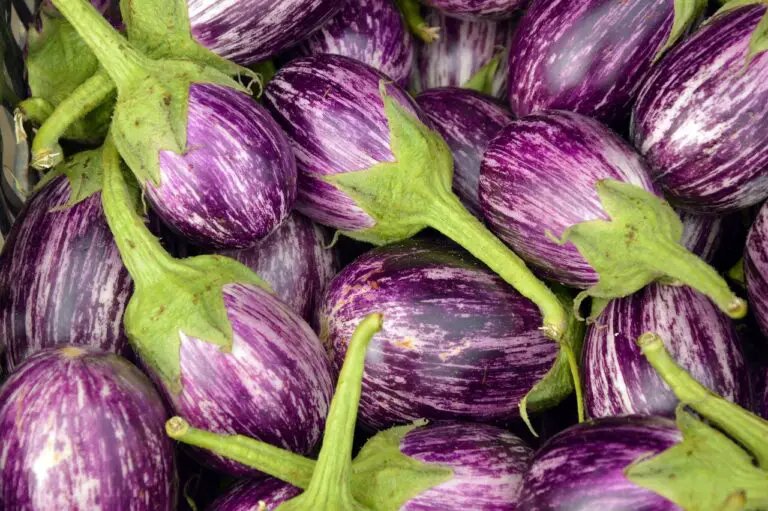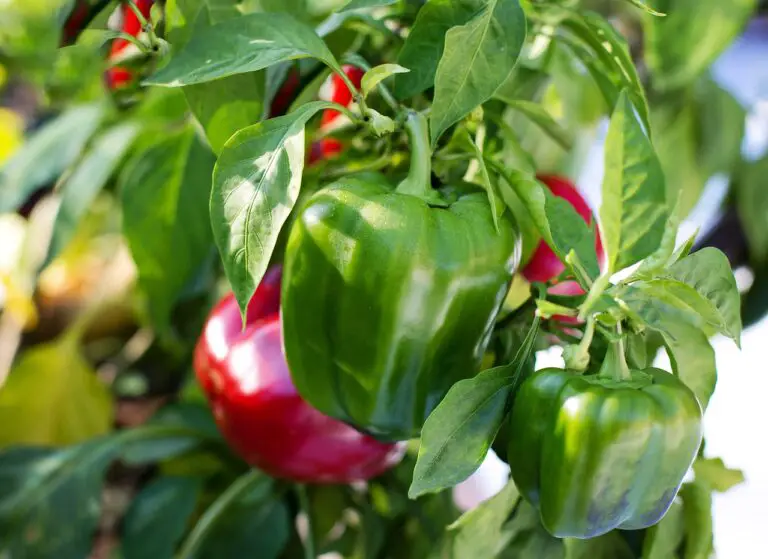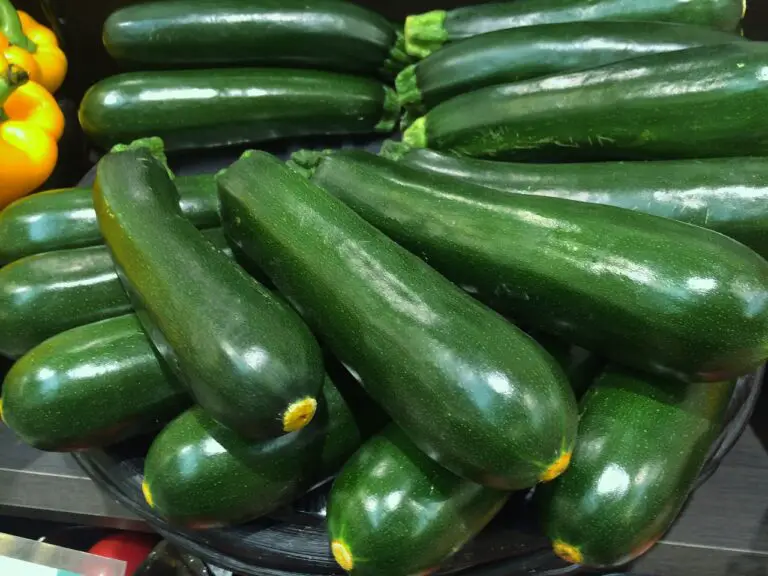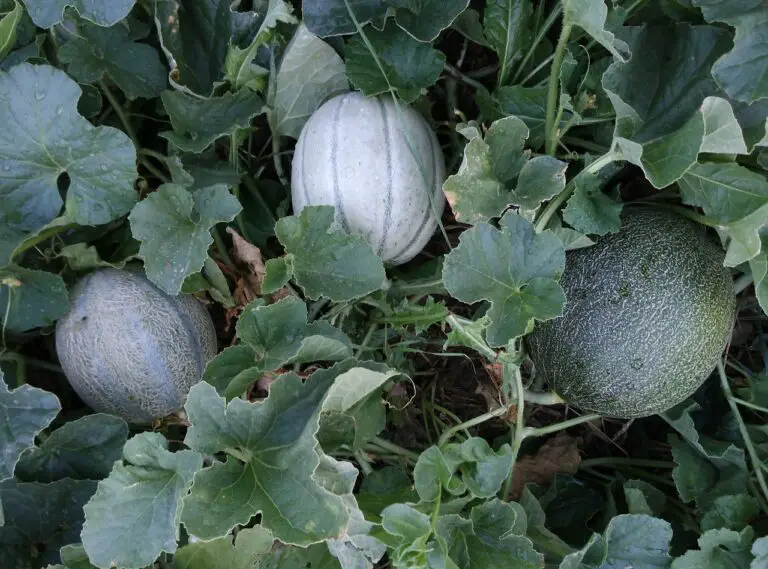10 Tips To Increase Fruit Production On Tomatoes
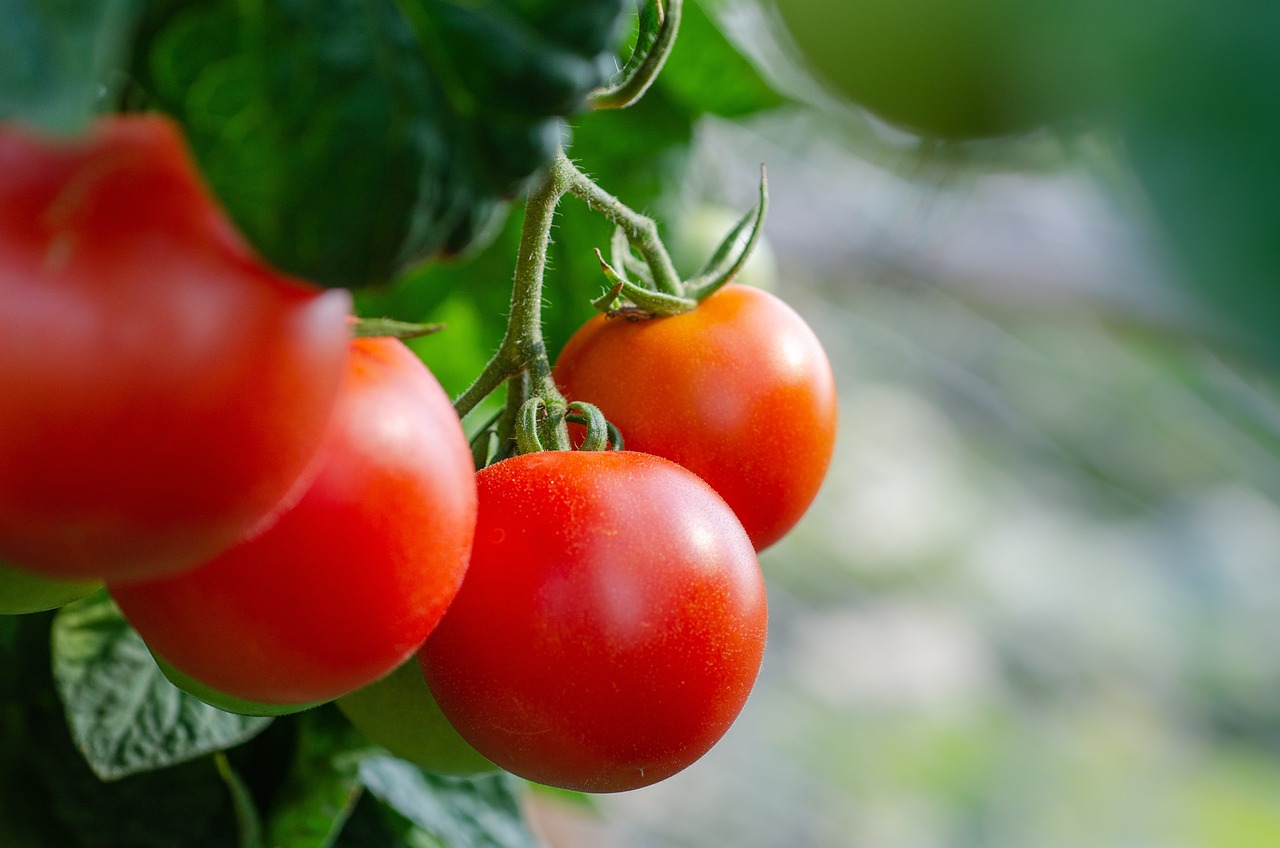
Tomatoes are a staple in many kitchens, whether in salads, sauces, or sandwiches. However, achieving a high fruit yield from your tomato plants requires careful attention to various factors. From soil preparation to pruning techniques, here are ten tips to help you boost fruit production and enjoy a plentiful harvest of delicious, homegrown tomatoes.
10 Tips To Increase Fruit Production On Tomatoes
1. Selecting the Right Tomato Varieties
Choosing the appropriate tomato varieties for your region and growing conditions is crucial for maximizing fruit production. Different varieties have specific needs and adaptations, so selecting ones that thrive in your climate and soil type is the first step towards a successful harvest. Consider factors such as disease resistance, growth habits, and maturity dates when making your selection.
When choosing tomato varieties, it’s essential to consider local climate conditions and soil types. Some tomatoes thrive in hot, dry climates, while others are better suited for cooler regions with higher humidity. Additionally, certain varieties are resistant to common tomato diseases, offering added protection against potential setbacks.
2. Optimizing Soil Quality
Healthy soil is the foundation for productive tomato plants. Conduct a soil test to determine nutrient levels and pH, and amend the soil accordingly. Tomatoes prefer slightly acidic to neutral soil with a pH between 6.0 and 7.0. Adding organic matter, such as compost or well-rotted manure, improves soil structure, drainage, and nutrient content.
To ensure optimal soil quality, consider conducting a soil test before planting tomatoes. This will provide valuable information about nutrient levels and soil pH, allowing you to make targeted amendments. Tomatoes thrive in slightly acidic to neutral soil, so adjusting the pH to the ideal range of 6.0 to 7.0 is crucial. Incorporating organic matter, such as compost or well-rotted manure, enhances soil fertility and structure, promoting robust tomato growth.
3. Providing Adequate Sunlight
Tomatoes are sun-loving plants that require at least 6-8 hours of direct sunlight daily for optimal growth and fruit production. Choose a sunny location for your tomato plants and ensure they receive sufficient sunlight throughout the day. Inadequate sunlight can lead to poor fruit development and increased susceptibility to diseases.
Sunlight is a key factor in tomato plant productivity. To ensure a bountiful harvest, plant tomatoes in a location where they can receive a minimum of 6-8 hours of direct sunlight each day. Lack of sunlight can result in stunted growth and reduced fruit production. Additionally, proper sunlight exposure helps to prevent diseases by promoting good air circulation around the plants.
4. Implementing Proper Watering Practices
Consistent and adequate watering is essential for tomato plants to thrive. Uneven watering can lead to problems such as blossom end rot and cracked fruits. Water plants at the base to keep the foliage dry, reducing the risk of fungal diseases. Use a soaker hose or drip irrigation system to ensure even moisture distribution, and water deeply to encourage deep root growth.
Proper watering is crucial for the success of tomato plants. Inconsistent or insufficient watering can lead to issues like blossom end rot and cracked fruits. Water at the base of the plants to keep the foliage dry, minimizing the risk of fungal diseases. Utilizing a soaker hose or drip irrigation system promotes even moisture distribution, while deep watering encourages the development of a robust root system, enhancing the plant’s overall health.
5. Applying Mulch for Moisture Retention
Mulching around tomato plants helps conserve soil moisture, regulate temperature, and suppress weeds. Apply a layer of organic mulch, such as straw or shredded leaves, around the base of the plants. Mulch also acts as a barrier, preventing soil-borne diseases from splashing onto the foliage during rain or irrigation.
Mulching is a valuable practice for moisture retention and overall plant health. Applying a layer of organic mulch, such as straw or shredded leaves, around the base of tomato plants helps conserve soil moisture, regulate temperature, and suppress weeds. Moreover, mulch serves as a protective barrier, preventing soil-borne diseases from splashing onto the leaves during rainfall or irrigation.
6. Pruning for Improved Air Circulation
Pruning tomato plants can enhance air circulation, reduce the risk of diseases, and direct energy towards fruit production. Remove suckers—small shoots that emerge between the main stem and branches—to encourage a single-stem or two-stem growth habit. Additionally, remove lower leaves that touch the soil to prevent soil-borne pathogens from infecting the plant.
Pruning plays a crucial role in maximizing tomato plant productivity. By removing suckers and lower leaves, you enhance air circulation, reducing the likelihood of diseases. Suckers, small shoots between the main stem and branches, can be removed to encourage a single-stem or two-stem growth habit, directing the plant’s energy towards fruit production. Trimming lower leaves that come into contact with the soil helps prevent the spread of soil-borne pathogens, contributing to a healthier plant.
7. Fertilizing Appropriately
Tomatoes are heavy feeders and require adequate nutrition throughout the growing season. Use a balanced fertilizer with a higher phosphorus content, as phosphorus promotes flower and fruit development. Begin fertilizing when the plants start setting fruit, and follow the recommended application rates on the fertilizer package. Avoid over-fertilizing, as this can lead to excessive foliage growth at the expense of fruit production.
Proper fertilization is essential for meeting the nutritional needs of tomato plants. Choose a balanced fertilizer with a higher phosphorus content, as phosphorus is crucial for flower and fruit development. Start fertilizing when the plants begin to set fruit, following the recommended application rates on the fertilizer package. Over-fertilization should be avoided, as it can result in excessive foliage growth at the expense of fruit production.
8. Supporting Tomato Plants with Stakes or Cages
Providing adequate support for tomato plants is crucial to prevent sprawling, enhance air circulation, and support heavy fruit-laden branches. Stake or cage your tomato plants at the time of planting to prevent damage to the roots. As the plants grow, tie them to the stakes or cage with soft garden twine, ensuring proper support for the developing fruit.
Supporting tomato plants is essential for preventing sprawling and supporting heavy fruit-laden branches. Stake or cage your tomato plants at the time of planting to avoid disturbing the roots later on. As the plants grow, secure them to the stakes or cage using soft garden twine, ensuring proper support for the developing fruit. Adequate support not only prevents damage to the plants but also promotes better air circulation, reducing the risk of diseases.
9. Managing Pests Effectively
Identify and address pest issues promptly to prevent damage to tomato plants and reduce the risk of disease transmission. Use natural predators, such as ladybugs and predatory wasps, to control common pests like aphids. Additionally, consider companion planting with pest-repelling herbs and flowers to deter harmful insects.
Effective pest management is crucial for a successful tomato harvest. Promptly identify and address pest issues to prevent damage to the plants and minimize the risk of disease transmission. Utilize natural predators, such as ladybugs and predatory wasps, to control common pests like aphids. Companion planting with pest-repelling herbs and flowers can also be an effective strategy to deter harmful insects and promote a healthier growing environment.
10. Harvesting at the Right Time
Harvesting tomatoes at the right time ensures optimal flavor, texture, and overall quality. Allow tomatoes to fully ripen on the vine whenever possible, as this results in the best flavor. Pick tomatoes when they have reached their mature color, whether it’s red, yellow, or another variety-specific hue. Regularly harvesting ripe fruit also encourages the plant to continue producing more tomatoes.
Timing is crucial when it comes to harvesting tomatoes for the best flavor and quality. Whenever possible, allow tomatoes to fully ripen on the vine for optimal taste. Harvest when the fruits have reached their mature color, whether it’s red, yellow, or another specific hue for the variety. Consistent harvesting of ripe fruit not only ensures superior flavor but also stimulates the plant to continue producing more tomatoes.
Conclusion: Growing a Abundant Tomato Harvest
By incorporating these ten tips into your tomato-growing routine, you can set the stage for a bountiful harvest. From selecting the right varieties to managing pests and harvesting at the peak of ripeness, each step plays a crucial role in maximizing fruit production. With a little care and attention, you’ll be rewarded with a garden full of flavorful, homegrown tomatoes that are perfect for all your culinary creations.


